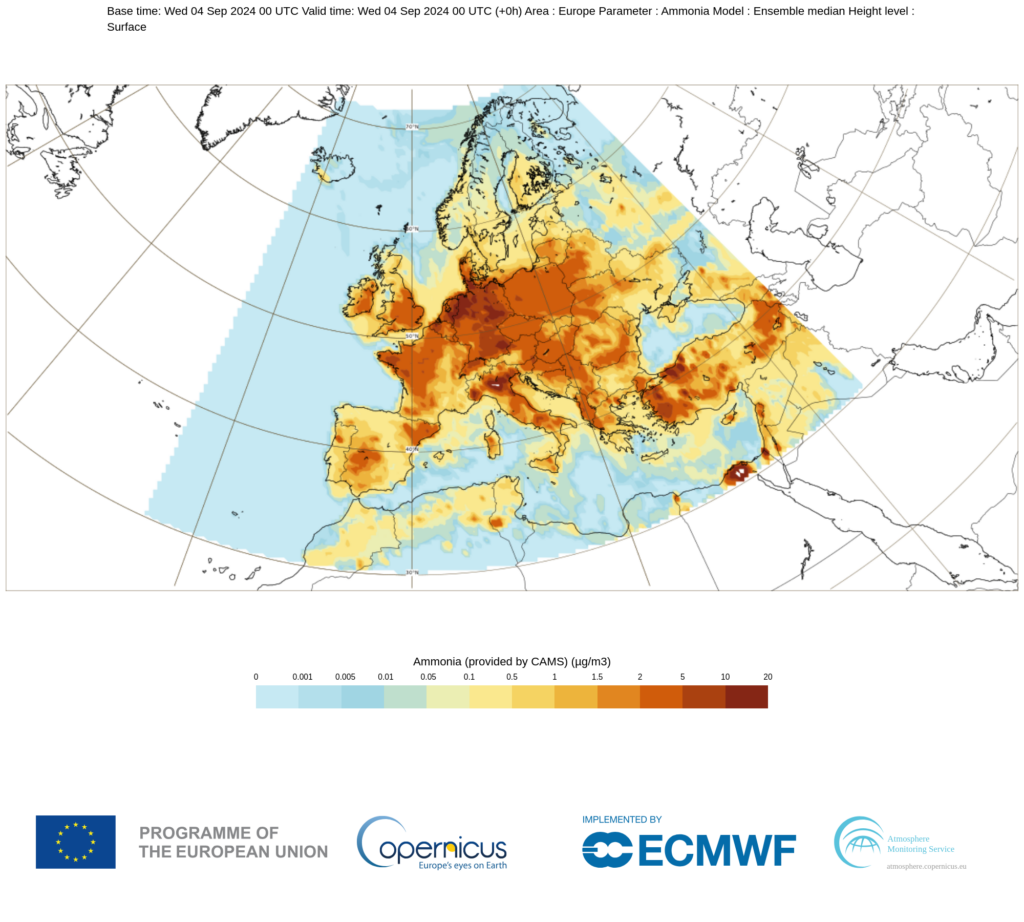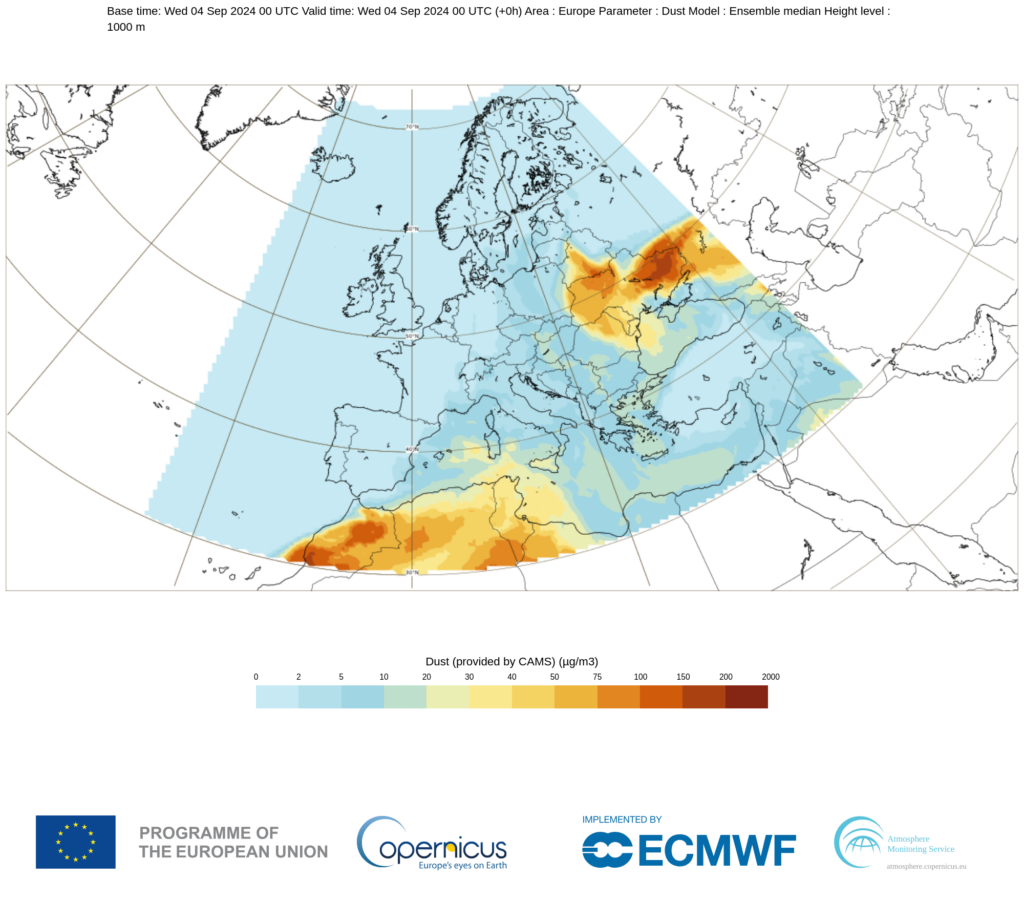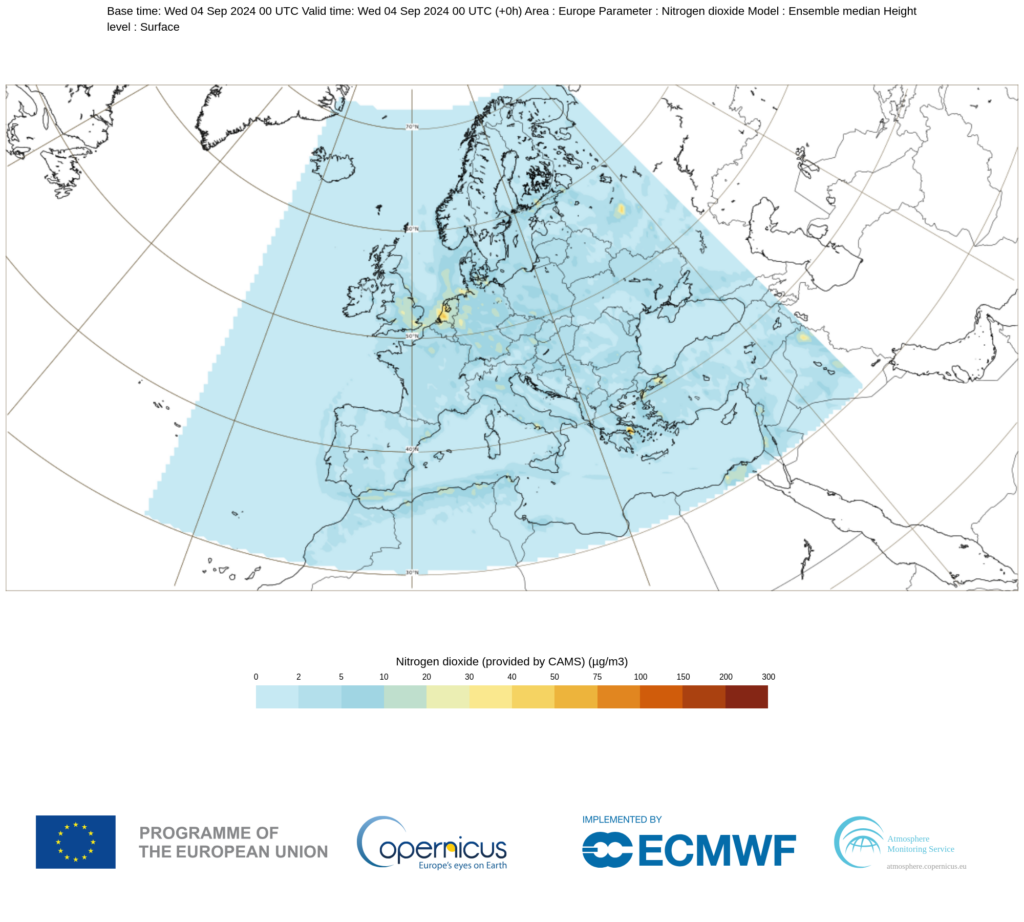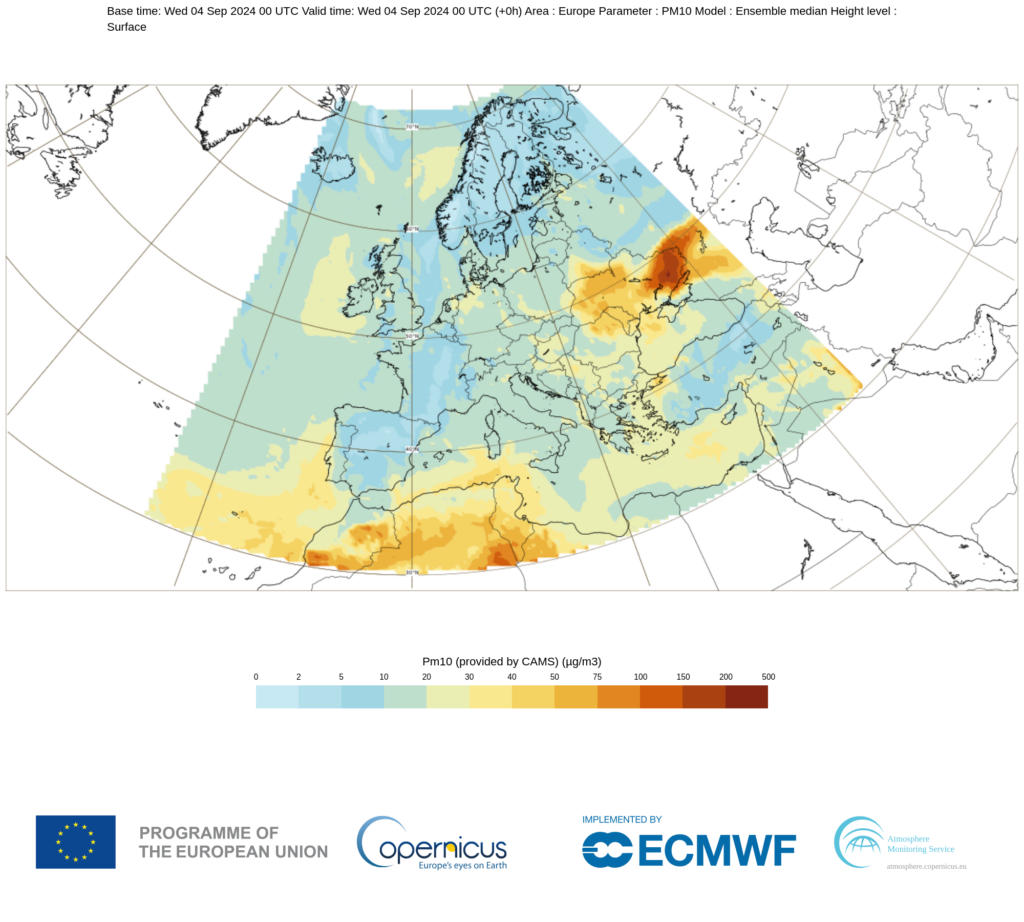Local Date
4 September 2024Local Time
10:55Location
Hackney Downs, LondonCountry or Territory
United KingdomContributor
Sasha EngelmannSatellite
NOAA-19Radio Callsign
Archive ID
Coordinates
"We need to understand weather to understand where and how toxic air is held closer to peoples' lungs" - this is a statement that I wrote years ago as part of a grant application. Today I wondered: how much do I understand about the inter-implicancies of weather and air pollution, at least in the region where I live? I deep-dived into the Copernicus Programme's Atmosphere Monitoring Service (CAMS) and the freely available air quality forecast plots available at the link below. Out of the four plots I studied most closely - for Dust, PM10, NO2 and Ammonia - I was most surprised by the Ammonia plot, which shows the vast majority of continental Europe covered in what looks like a toxic orange cloud. Ammonia is less publicised as an air pollutant in the media- we more often hear about 'Saharan Dust' or 'Nitrogen dioxide' or 'Ozone'. Yet I learned that ammonia leaks from agricultural practices, livestock waste, and the use of synthetic fertilisers. Moreover it combines in the atmosphere with sulphates and nitrates to form secondary fine particulate matter (PM2.5) which can enter the bloodstream of breathing bodies due to its very small size. Ammonia and PM2.5 are clearly too small or fine to 'show up' in satellite images like those of NOAA-19, but I learned that newly launched satellites, like NASA's PACE satellite, are intended to fill in the gap in knowledge around what aerosols actually do in the atmosphere. For example, according to climate scientist and modeller Gavin Schmidt we don't yet understand how a change in regulatory policy affecting ship fuel (mandating a move away from sulfur-based fuels toward 'cleaner' options) might have had on the climate in 2023. Sulfur can combine with other molecules in the atmosphere to reflect light and change the density of clouds, therefore possibly having a cooling effect, so moving away from such fuel sources is speculated to have had warming effects. The implications of such vast changes in fuel use for the types of aerosols in the atmosphere are immense, and yet it is hard to scale up from particulate to cloud or weather. I studied the satellite image I captured today and wondered about whether dust, perhaps, was blurring the borders of land and sea...
Source: https://tinyurl.com/4xcpkaxx




